Pratique | Débuter
Pourquoi les oiseaux prennent-ils parfois des bains de soleil ?
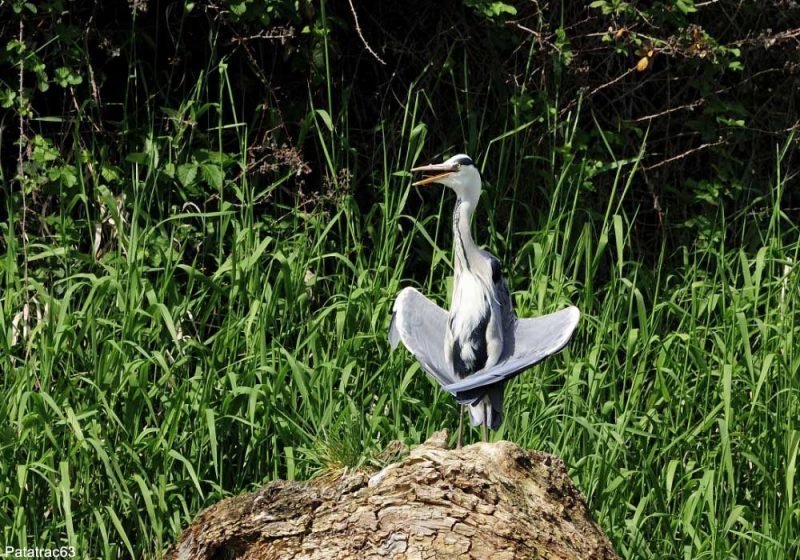
Héron cendré (Ardea cinerea) prenant un bain de soleil dans l’Espace Naturel Sensible de la Boire des Carrés (Allier) le 10 mai 2022.
Photographie : Patrice Ganot / Sa page Instagram
Introduction
Quand il fait beau, il est agréable de s’étendre sur le sable ou dans l’herbe. Ce comportement est également répandu chez les oiseaux et particulièrement chez les hérons, les cormorans, les rapaces, les pigeons, les perroquets, les pics et les passereaux (alouettes, hirondelles, merles, fringilles, bruants, etc.). Avec un peu de chance, on peut ainsi parfois observer un merle posé sur un chemin, les ailes et la queue étalées et abaissées, le bec entrouvert et les yeux écarquillés, comme s’il était en extase. Si le besoin de se réchauffer semble être une raison fréquente, ce n’est pas la seule, et les fonctions possibles des bains sont multiples et encore mal connues : thermorégulation, séchage, lutte contre les parasites (combinée ou non avec le formicage), aide à la mue et production de vitamine D.
Après une description de ce comportement, nous abordons les raisons possibles des bains de soleil chez les oiseaux. Nous remercions les photographes qui nous ont aidés à illustrer cet article.
Abstract
When the weather is sunny and warm, it’s pleasant to lie on the sand or in the grass. This behavior is also common among birds (especially herons, cormorants, raptors, pigeons, parrots, woodpeckers and passerines). With a little luck, one can sometimes watch a blackbird lying on a path, with the wings and the tail spread, the bill slightly open and the eyes wide open, as if it was in ecstatic… If the need to warm is to an obvious reason, this is not always the case and the functions of the sunbaths are varied and not well known: thermoregulation, drying, fighting against parasites (combined or not with anting), helping the molts and stimulating the production of vitamin D.
After a description of this behavior, we discuss the possible reasons for sunbathing for a bird. We thank the photographers who helped us illustrating this article.
Poursuivez la lecture de cet article, en vous abonnant dès maintenant !
Découvrez les Archives d’Ornithomedia.com
Pour seulement 10,00 €TTC/an (ou 6,00 € les 6 mois)
Profitez de plusieurs centaines d’articles en accès illimité et sans aucun engagement.
Compléments
À lire aussi sur le web
- La galerie Flickr de Barry & Carole Bowden : https://www.flickr.com/photos/55172280@N02
- La galerie Flickr d’Yvonne Pray : https://www.flickr.com/photos/35628955@N02/
- La galerie Flickr de Bryan Olesen : https://www.flickr.com/photos/bryanolesen/
- La galerie Flickr de Simon George : https://www.flickr.com/photos/simonjgeorge
Sources
- Barbara K. Johnson (2017). Sunbathing by Great Crested Flycatchers, Myiarchus crinitus. Maryland Birdlife. Volume : 66. Numéro : 1. Pages : 31-38. sora.unm.edu
- Ruby Yadav, Adesh Kumar et Amita Kanaujia (2017). Sunbathing: A thermoregulatory behavior of wing stretching by Long-billed Vulture (Gyps indicus), at Bundelkhand Region, Madhya Pradesh, India. Ela Journal of Forestry and Wildlife. Volumes : 6 et 7. www.researchgate.net
- Paul Hendricks et Gwen Norment (2015). Anting Behavior by the Northwestern Crow (Corvus caurinus) and American Crow (Corvus brachyrhynchos). Northwestern Naturalist. Volume : 96. Numéro : 2. Pages: 143-146. www.bioone.org
- N. S. Morozov (2015). Why do birds practice anting? Biology Bulletin Reviews. Volume : 5. Numéro : 4. Pages : 353-365. http://rd.springer.com
- Ivan Sazima (2015). Solar worship; the Rufous-Tailed Jacamar sunbathes on the ground. Revista Brasileira de Ornitologia. Volume : 23. Numéro : 3. www4.museu-goeldi.br
- Myrmecofourmis (2010). Bains de fourmis pratiqués par certains oiseaux. www.myrmecofourmis.com
- Craig, A.J.F.K (1999). Anting in Afrotropical birds: a review. Ostrich. Volume : 70. Numéros : 3 et 4. Pages : 203–207. www.tandfonline.com/doi/abs/10.1080/00306525.1999.9634237
- Charles R. Blem et Leann B. Blem (1933). Do Swallows Sunbathe to Control Ectoparasites? An Experimental Test. The Condor. Volume : 95. Numéro : 3. Pages : 728-730. Août. www.jstor.org
- Charles R. Blem et Leann B. Blem (1992). Some Observations of Sunbathing in Swallows. Journal of Field Ornithology. Volume : 63. Numéro : 1. Pages : 53-56. www.jstor.org
- Tom J. Cade (1973). Sun-bathing as a thermoregulatory aid in birds. The Condor. Volume : 75. Pages : 106-133. sora.unm.edu
- R. J. Kenendy (1969). Sunbathing behaviour of birds. British Birds. Volume : 62. Numéro : 7. Juillet. britishbirds.co.uk




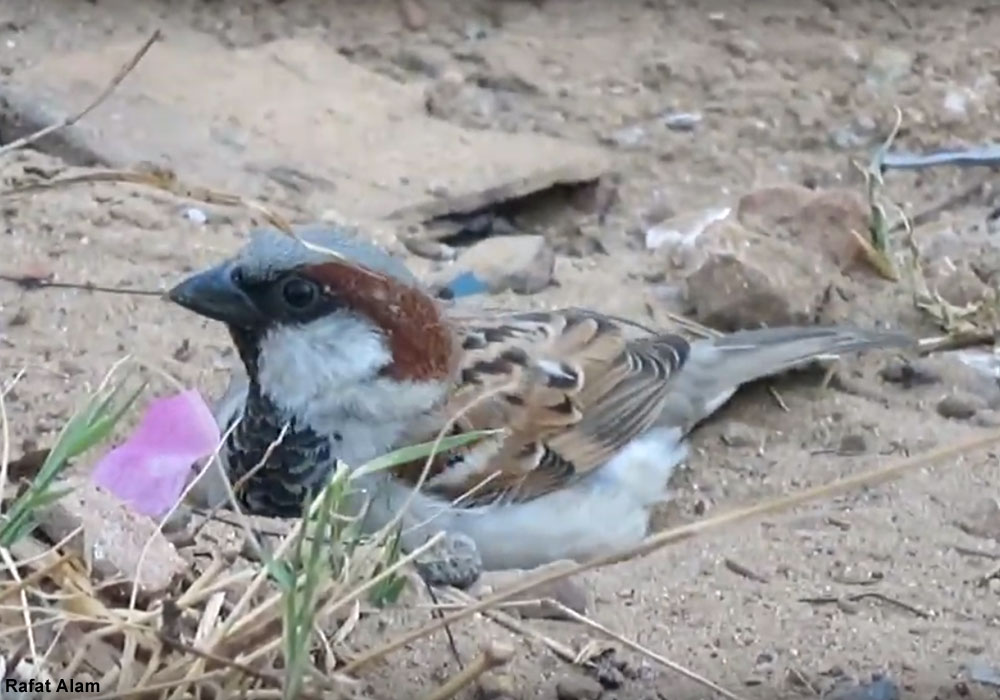
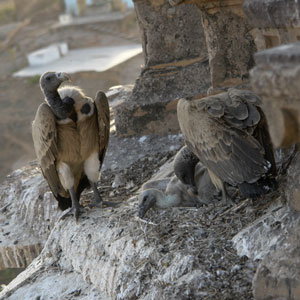
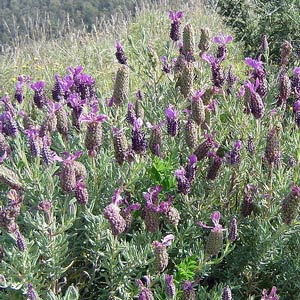
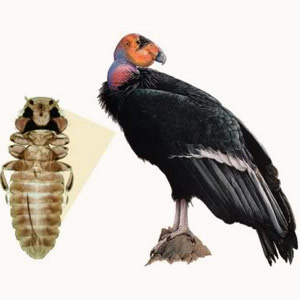
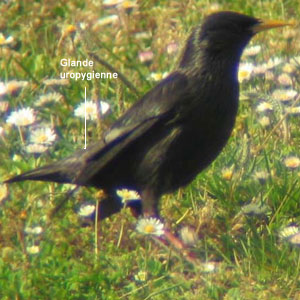
Aucun commentaire sur ce sujet
Participer à la discussion !